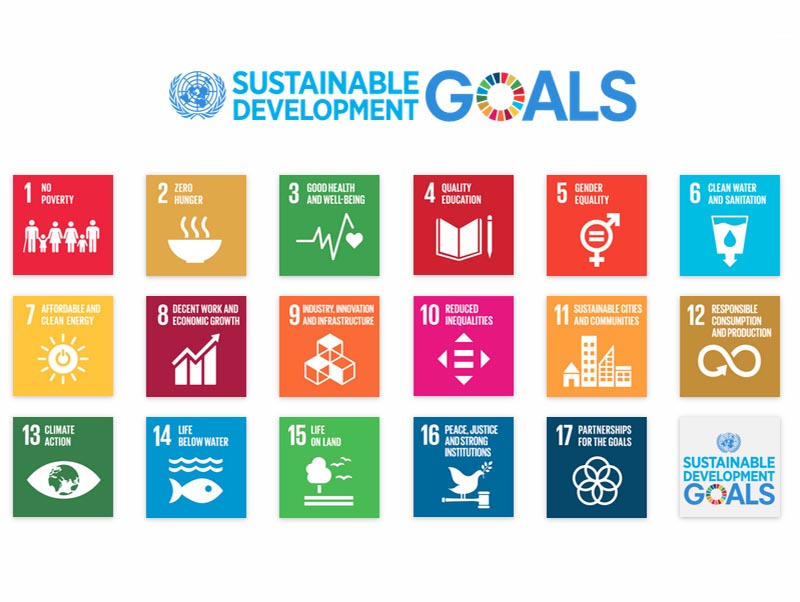Nepal must invest Rs 5.5 bn a day to meet Sustainable Development Goals
Kathmandu, June 13
Nepal needs to invest at least Rs 5.5 billion per day, on average, in areas ranging from poverty reduction, education, health and environment to clean energy, industrialisation, urban development, information technology and governance to meet the Sustainable Development Goals, an ambitious universal programme supported by the United Nations to end global poverty, protect the planet and ensure peace and prosperity.
The final analysis conducted by the National Planning Commission, the apex body that frames the country’s development plans and programmes, has put investment requirement for Nepal to achieve SDGs at Rs 2,024.8 billion per year, which is around 58 per cent of the gross domestic product of this fiscal year.
This investment will have to be made per year till 2030 — the deadline to achieve SDGs. This means Nepal needs to spend over Rs 30,300 billion during the lifespan of SDGs from 2016 to 2030.
The latest investment requirement is 14 per cent more than the projection made in February 2018.
The study, which will soon be made public, was conducted with the support of the Nepal office of the UN Development Programme.
“The projection was made using UN-approved methodologies and based on surveys conducted in various sectors,” UNDP Resident Representative Ayshanie Medagangoda-Labe told THT. “With this, Nepal has positioned itself as a global leader in carrying out a rigorous study on SDG investment requirement.”
The SDGs are a set of 17 goals and 169 targets which not only push for economic growth and infrastructure and social development, but quality education and healthcare services, climate action, innovation, sustainable consumption and industrialisation, and decent work.
Nepal, for example, needs to invest over Rs 4,500 billion till 2030 to provide quality education, over Rs 2,000 billion to ensure good health and well-being, and over Rs 2,200 billion to eradicate poverty. One of the areas where Nepal needs to invest big is transport, industry and ICT where over Rs 6,000 billion must be spent till 2030 to build resilient infrastructure, promote inclusive and sustainable industrialisation, and foster innovation.
All these investments make SDGs an ambitious programme. And Nepal needs to make plenty of reforms to meet all the targets within the 2030 deadline, as it is projected to face a financing gap of 21 per cent to implement programmes designed to meet SDGs.
As per current projections, the government must bear around 55 per cent of the total cost required to meet SDGs. But the government is likely to face a financing gap of 38 per cent in investment that it should make if its existing revenue and borrowings are taken into account. This means the government should widen revenue base, seek more loans and grants from foreign governments and multilateral agencies, and incentivise private and other sectors to invest in SDGs.
Similar financing gap has been seen in private sector investment as well, which must be covered by attracting foreign direct investment, debt financing and equity investment.
“Nepal will have to make structural reforms and enhance capacity of provinces and local levels to meet SDGs. If it fails to accelerate implementation, it, like many countries in Asia and the Pacific, will lag behind,” said Medagangoda-Labe, adding, “Only 11 years are left for the SDG deadline to expire.”
SDG investment requirement
- Average annual investment requirement — Rs 2,024.8 bn
- Total investment requirement (2015-2030) — Rs 30,372 bn
- Total financing gap — 21 per cent or Rs 585 bn per year
- Financing gap in government investment — 38 per cent






